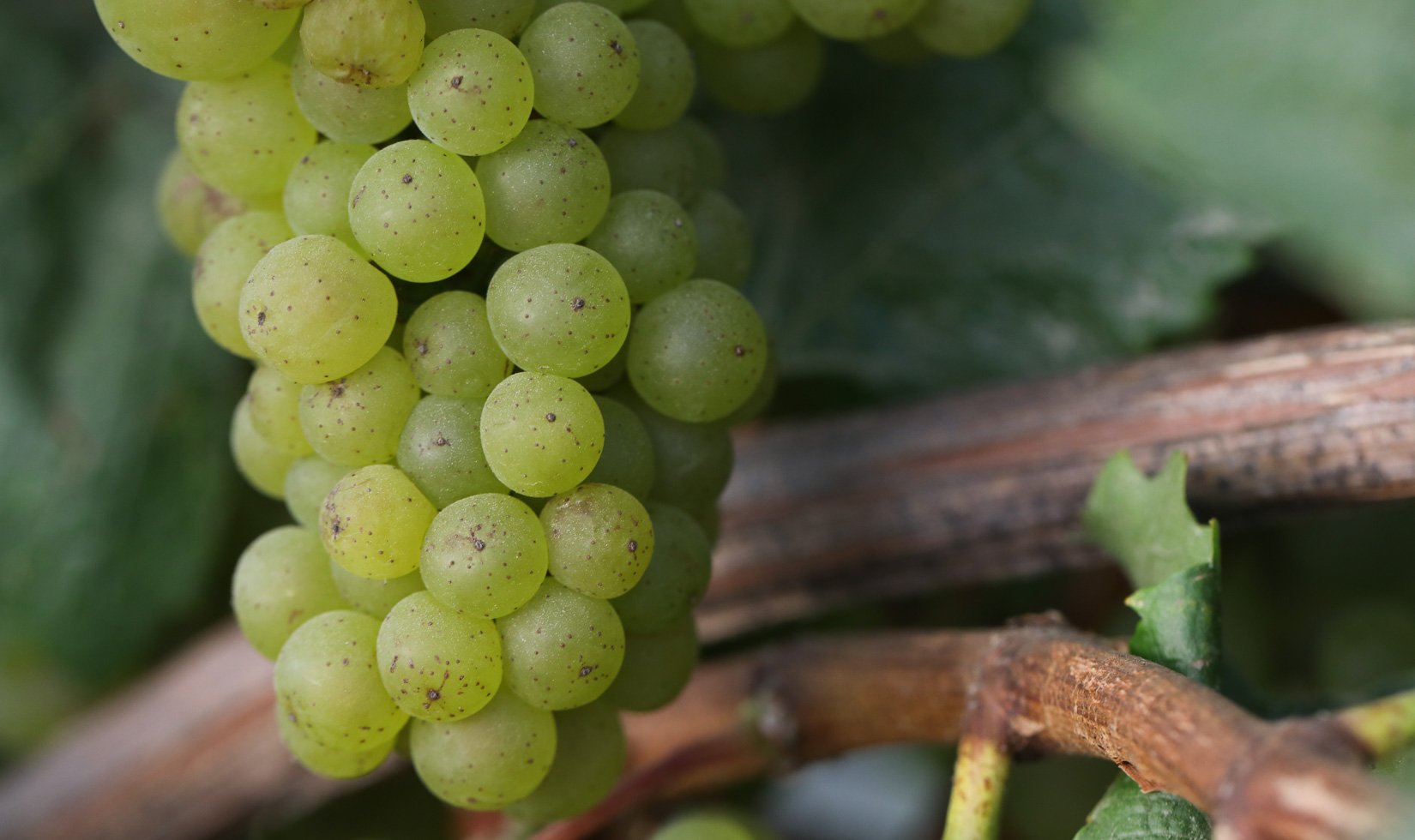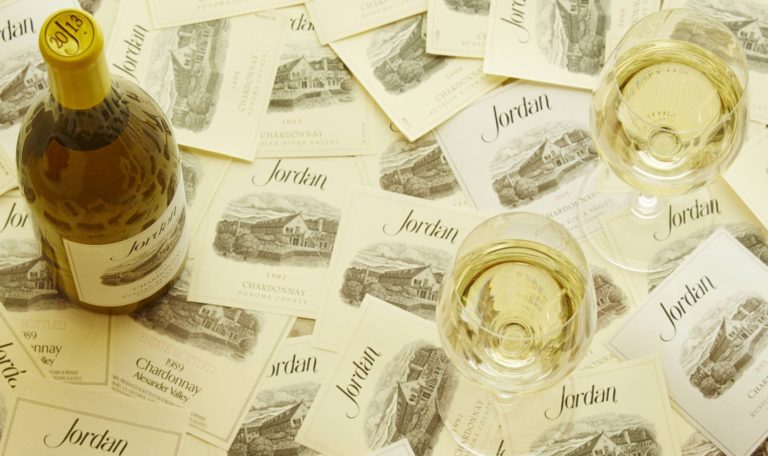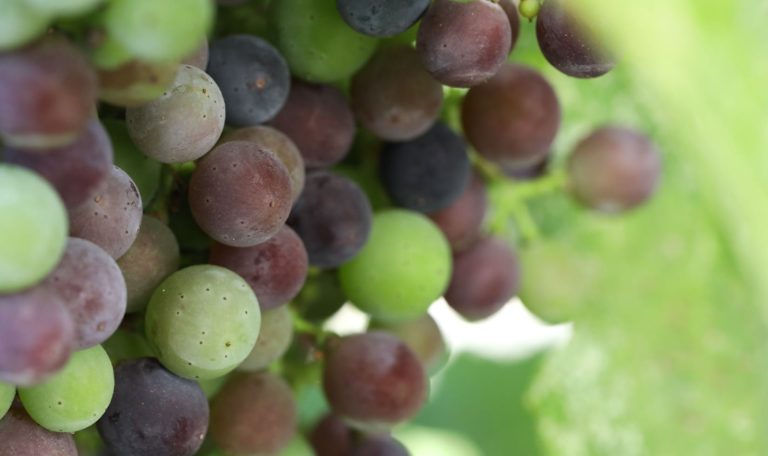With record rainfall and multiple heatwaves, the 2017 vintage was full of surprises and challenges in Napa and Sonoma wine country. The high quality of the wines is a testament to the resilience and hardiness of grapevines during extreme weather, and to the determination and skill of the vineyard and cellar teams working together to make the best of a difficult situation. Here are five key practices that allowed California winemakers to craft great 2017 chardonnay despite uncooperative weather conditions.
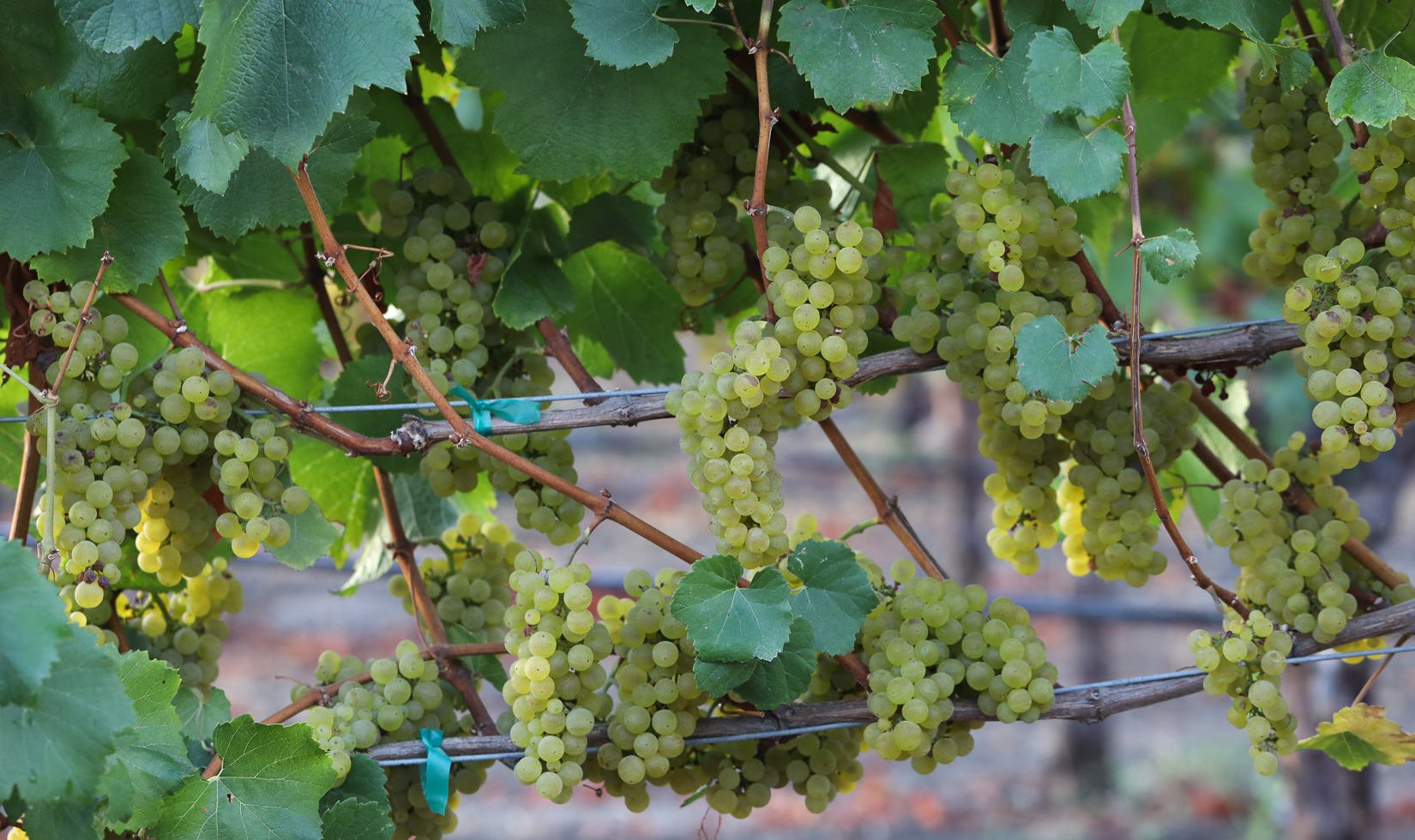
Delayed Vineyard Leafing
The growing season started out beautifully. Record rainfall in the winter filled the drought-parched reservoirs and the water table recovered. April showers were plentiful, and flowering began in mid-May—three weeks later than the last few vintages due to cooler temperatures. Bloom conditions were normal, allowing an average-sized crop of grape clusters to form on Russian River Valley chardonnay. So far, so good. Then, three heat spikes hit Sonoma County in June and July, bringing temperatures from the mid-90s to well above 100 degrees. Clusters seized up over Father’s Day weekend, and the vines maintained small clusters without much increase in berry weight. We knew we had to take action to protect the fruit, so we made the tough decision to delay leafing of the canopy. The additional shade this provided helped to cool the grapes and prevent sunburn.
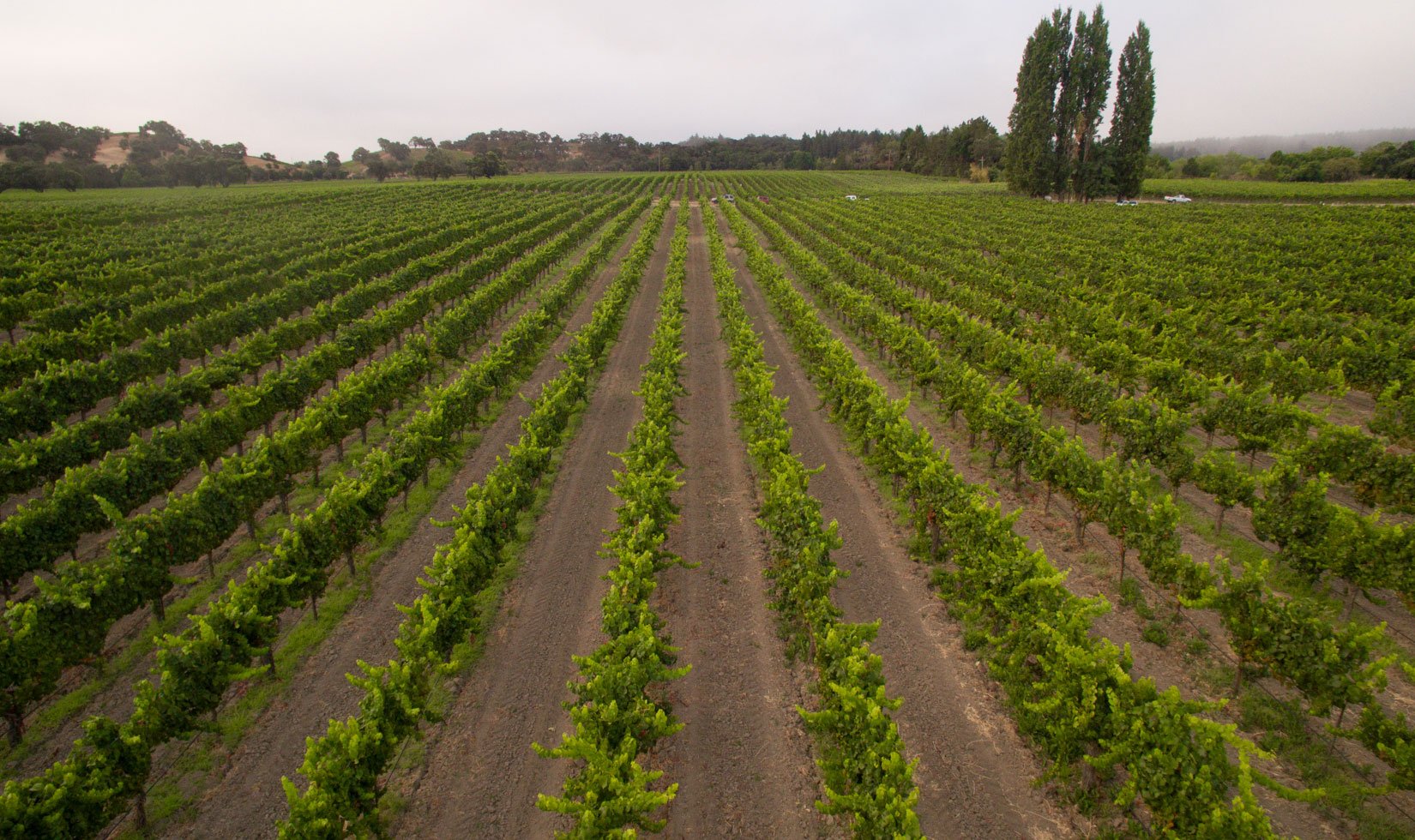
Irrigation of the Grapevines
August days were blessedly cool, with ideal foggy mornings and night temperatures that dipped into the mid-50s. But over Labor Day weekend, just after our chardonnay harvest kicked off, another heatwave hit and temperatures reached well into the triple digits. Sugars in the fruit climbed due to dehydration, and the vines fought to retain enough water to stay alive. We made a quick decision to begin a judicious amount of irrigation to help rehydrate them without compromising flavor concentration. Fortunately, the brutal heat was contained in a few days, and our irrigation efforts did the trick. Grapes tested at Jordan just after the heat spell showed very high sugar readings, but two days later, sugar levels dropped back to their normal rate of maturation.
While irrigation can help cool the fruit and bring much-needed moisture to the plants, there is a limit to what a grapevine can endure. Once the stomates (microscopic openings or pores in the plant leaves) close to prevent water loss through the leaves, respiration and photosynthesis shut down. Maturation is essentially stunted until weather conditions improve. If the heat continues day after day, then the vine aborts the fruit in a last-ditch effort to survive.
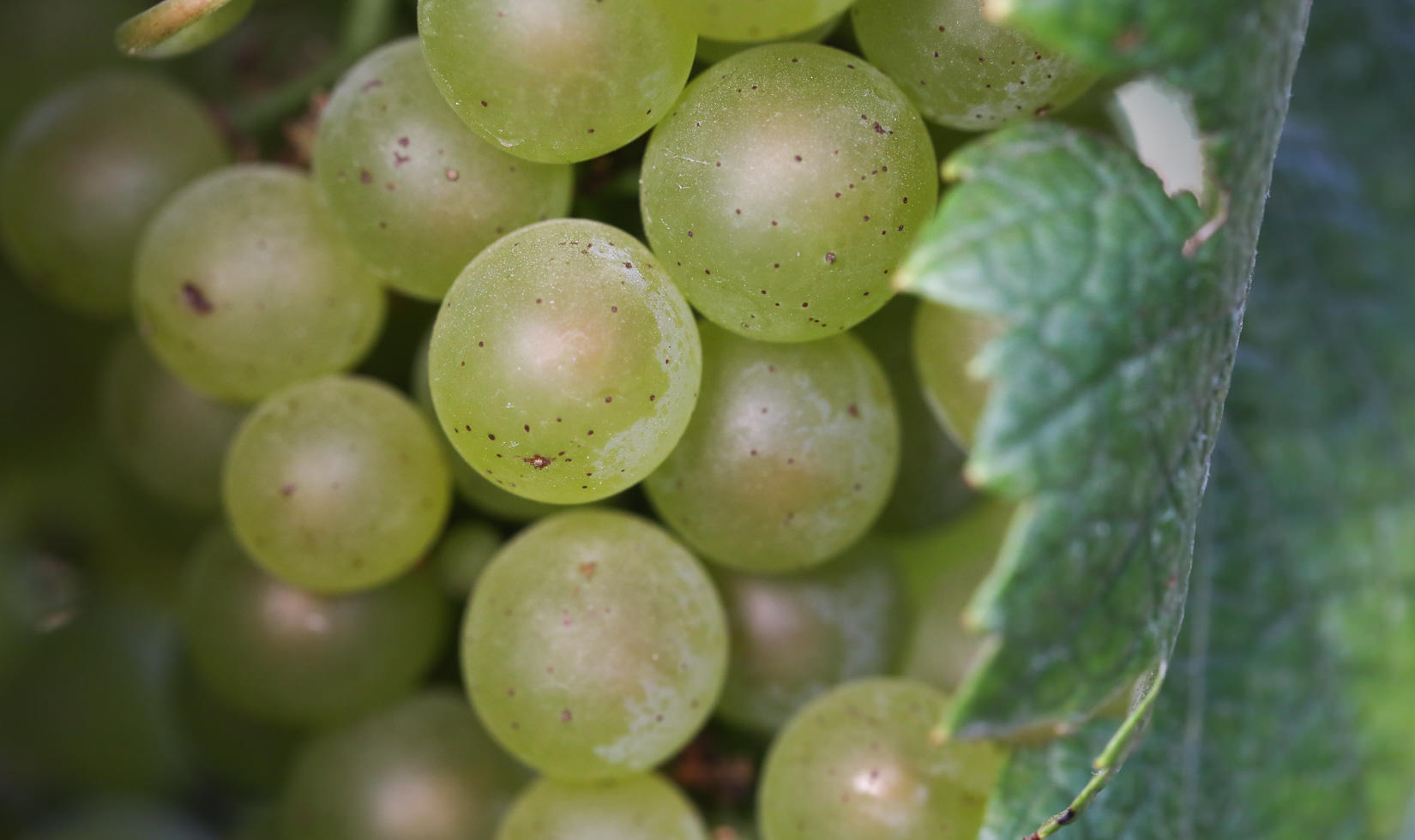
Patience with Picking Grapes
When an extreme heatwave hits, there’s a temptation to rush and pick the grapes before further damage is done. This is not the ideal approach, since the grapes are not yet fully developed. Our growers always get anxious to pick when challenging weather conditions arise, and my usual response is to take care of the fruit through the heat and wait for the vines to work their magic. And so we resisted the urge to harvest early and rode out the heatwave. This allowed the grapes to reach their full maturity.
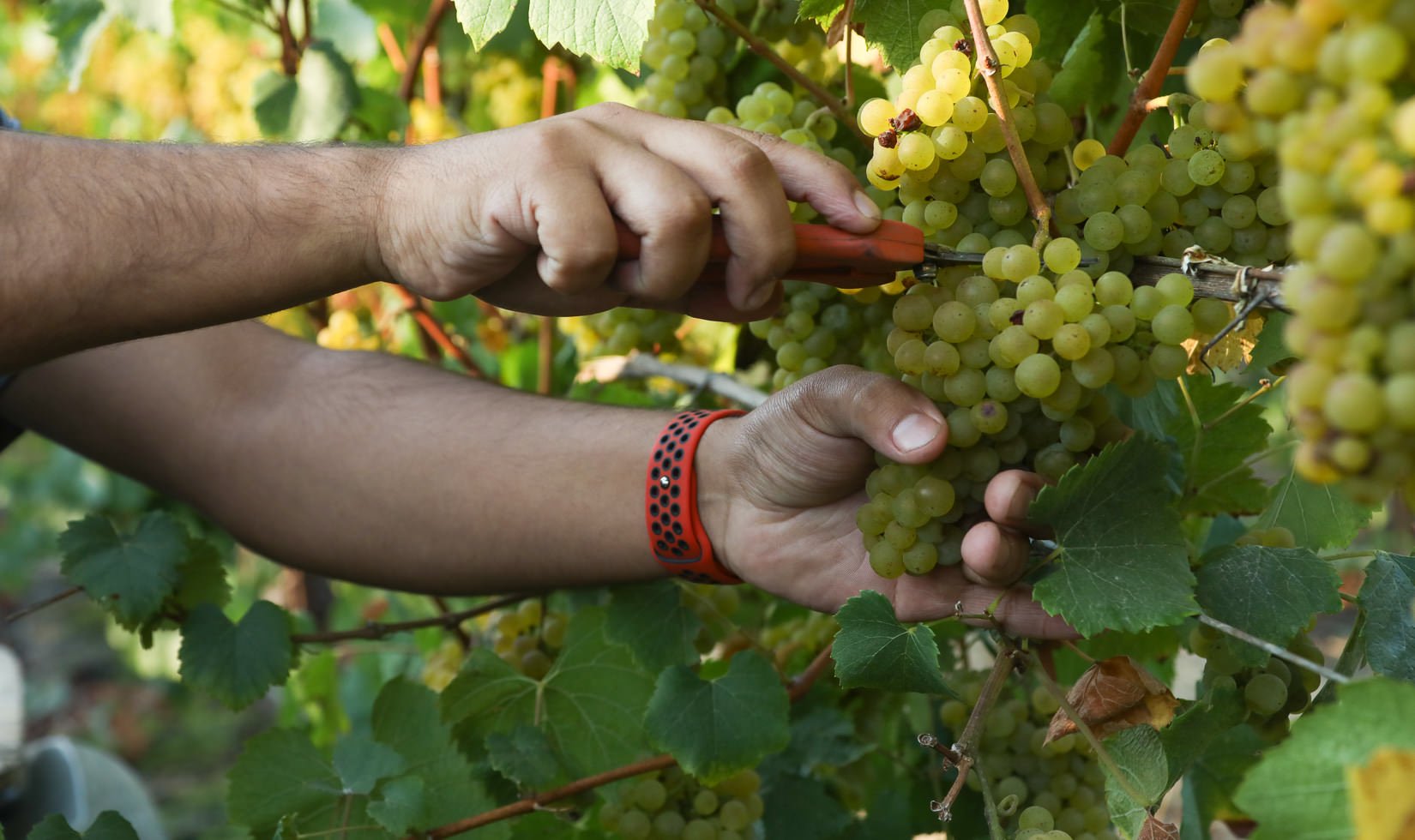
Sacrificing Quantity for Quality
The 2017 vintage was a reminder that quality winemaking requires sacrifice. In order to retain our high standards of quality and flavor, we declassified most of the hard press juice—about one-third of our production—to ensure that the 2017 chardonnay retained its brightness and fresh fruit aromas and flavors. The clusters were small, about 25 percent below normal weight and additional clusters were lost when the stressed vines aborted some of the fruit during the Labor Day heatwave. Juice yields were about 10 percent below normal, but the flavors were clean, showing no ill effects of sunburn—with bright aromas and crisp flavors of apple, pear and peach. As a result, we bottled about one-third less Jordan Chardonnay in 2017 than in a typical vintage.
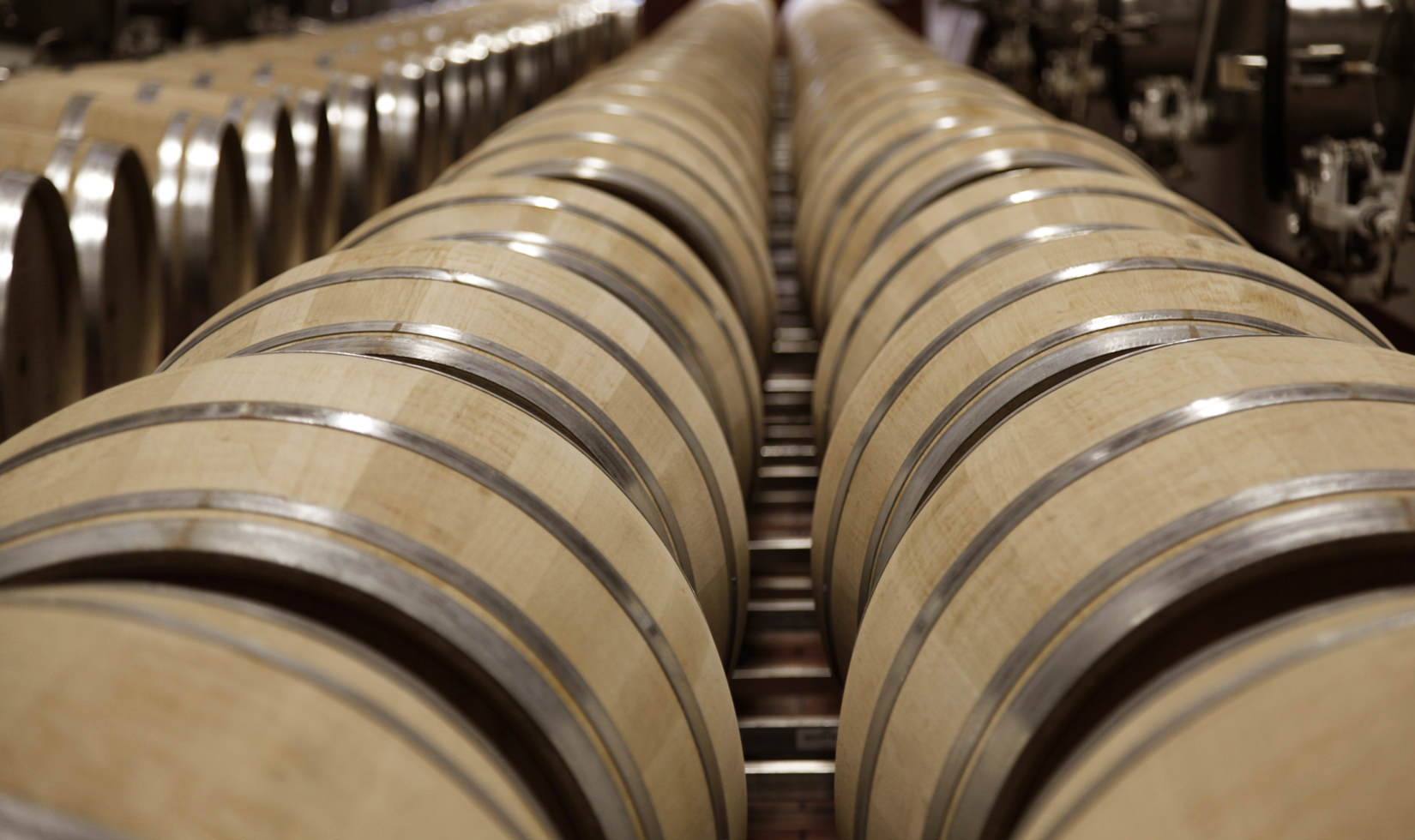
Diligence in Winemaking
Due to the effects of the hot weather, diligence continued in the cellar, where were worked to uplift the fruit and soften the edges. Bitterness in the finish of the wine is a natural result of a season where the fruit is exposed to excessive heat, and despite our efforts to eliminate any juice from the press that tasted bitter, we still detected a hint of bitterness in the finish of the wine that we didn’t want. During the fermentation, however, that last bitter note disappeared in the juice, settling to the bottom of the barrel in the lees. Obviously, we would not want to re-introduce a bitter note back into the wine, so batonnage, or stirring of the lees, was eliminated in our winemaking for 2017. I am truly proud of how our team tackled the challenges Mother Nature handed us to make a beautifully balanced 2017 chardonnay. When we tasted the wine out of barrel after five months, we were sampling startled at how good the wine tasted. The finished wine surpassed all of our efforts at crafting a beautifully balanced, fruit-forward chardonnay. The 2017 Jordan Chardonnay displays inviting aromas of honeysuckle and lemon peel, leading to bright flavors of stone fruits and citrus. The palate is elegant yet succulent, with layers of oak-laced lemon, pears, quince and white peach—all supported by uplifting acidity.
Learn more about the 2017 Jordan Chardonnay.
